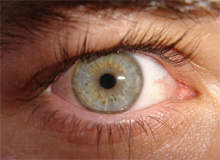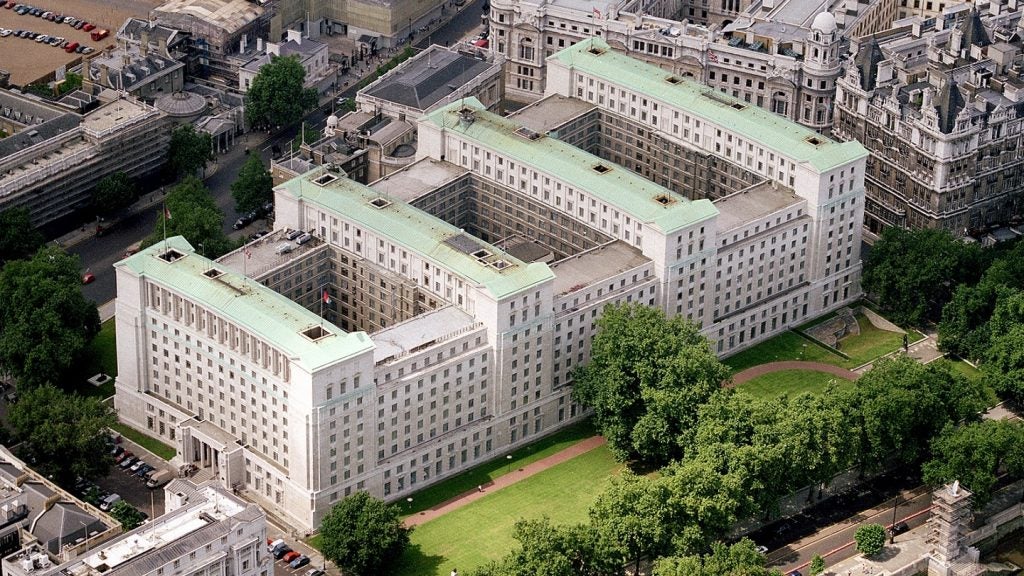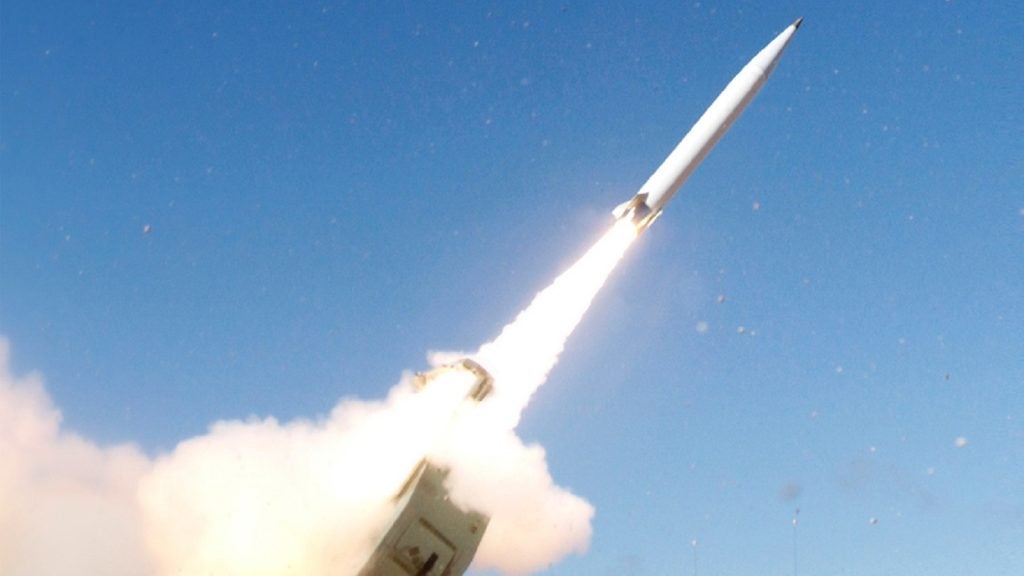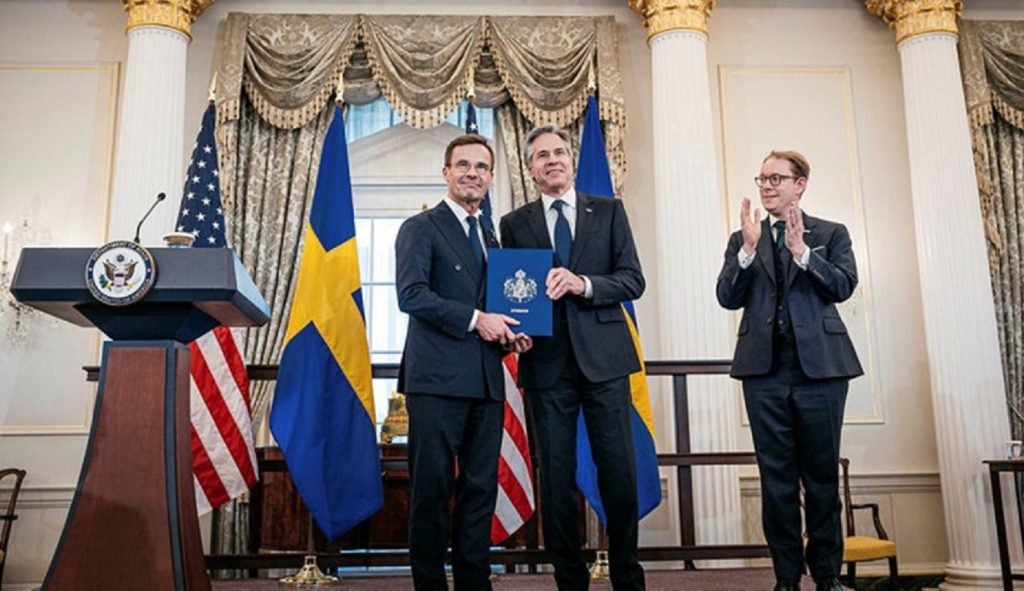
Biometric technology is the great white hope of the homeland security industry. Whilst fingerprinting techniques have been around for more than 30 years, the desire for greater security at border crossings in the wake of 11 September 2001 has catapulted other areas such as face and iris recognition into the spotlight.
An estimated $3bn was spent globally on biometrics last year and there are now over 50 countries worldwide issuing biometric ePassports as a matter of course, whilst schemes like the UK's ID card for migrant workers, which involves the collection of fingerprints, are becoming increasingly common.
Reliable identification
"Biometrics is by far the most reliable authentication method to link an identity or an action to an individual because it are based on what you are or can do," says Babak Goudarzi Pour, CEO of Optimum Biometric Labs and chairman of the Swedish National Biometric Association.
"Other authentication principles are based on what you have, such as a token or a card or what you know, such as a password. Both these two methods have their limitations because tokens and passwords can be borrowed, stolen or forgotten."
See Also:
The most popular identifiers for border security are currently face – recommended by the UN's International Civil Aviation Organisation (ICAO) as the primary biometric to be used in machine-readable travel documents (MRTDs) like the ePassport, iris and fingerprints, which will be mandatory in the EU by July this year.
How well do you really know your competitors?
Access the most comprehensive Company Profiles on the market, powered by GlobalData. Save hours of research. Gain competitive edge.

Thank you!
Your download email will arrive shortly
Not ready to buy yet? Download a free sample
We are confident about the unique quality of our Company Profiles. However, we want you to make the most beneficial decision for your business, so we offer a free sample that you can download by submitting the below form
By GlobalDataAlthough other types of identifier such as vein, gait and hand are being explored, most border security systems at the moment are using traditional authentication principles coupled with at least one of the three established biometric methods.
"For border control you use the ePassport as the token combined with biometrics data such as face and fingerprint to verify the identity of the passenger," says Babak. "This combination of biometrics and more traditional methods is usual as it gives higher security multi-factor authentication in many types of applications."
With the military increasingly becoming involved in homeland security efforts, particularly in the area of border security, technology in this space could easily be used in future in more rugged, and trying environments. So just how advanced is border security today?
Automating border control
The next big development in biometrics-driven border security will be automated border crossing (ABC). There are 12 pilot ABC systems in operation around the world at the moment, including Smart Gate in Australia (which uses facial recognition with the ePassport for customs and immigrations checks). Babak says he expects this figure rise dramatically over the next five to ten years.
"Demands for more secure border crossings will increase further with time," he says. "And the ePassport will include more countries in the coming years, so demand will increase there too. Supply will become better because stakeholders from regulators to end-users and suppliers will collect and share their knowledge to make the systems better."
Babak says despite advances in technology, he does not think such changes will ever lead to fully automated border control. "That would be naive and optimistic. Based on the application and the policy there will be unmanned and self-enrolled systems like those we are seeing coming in for frequent flyers but when it comes to customs and immigration purposes, the technology is there to support their mission and make their organisations more efficient, not to replace their staff," Babak says.
"The ABC-systems will not be flawless considering their complexity in nature. Besides, having guards in place you should have support and maintenance resources to regularly check and review performance reports and receive health status and potential alerts from the system and its subcomponents."
In the wake of the launch of the British ePassport in 2006, a slew of newspaper reports appeared slamming the 'fakeproof' documents as being easy to forge. However, Babak dismisses the issue as a result of problems with the microchips rather than the biometrics.
"The security of the ePassports is not necessarily correlated with the reliability of biometrics," he says. "The role of biometrics in the ePassport is simply to verify whether the passenger is really the holder or not. Enhancing encryption and detection of defective, tampered or revoked e-Passports and checking the integrity of its chip is the way to make them safer."
The other main gripe levied at biometric identification systems is that their error rates, whilst falling, still reveal less than 100% accuracy.
"Over time error rates will converge to near 0%, especially when it comes to biometric modalities such as DNA and iris, but will never be 0%," says Babak.
"One of the underlying reasons for this is the environment and the way in which an individual presents his or her biometric feature to a sensor, which differs every time. The matcher then has to deal with samples that are different at the time of enrolment and verification.
“There is no 100% secure security system in the
world but biometric technology is the most reliable."
Biometric outlook
Despite the deepening financial crisis, those in the know are expecting big things from biometrics over the next three years. The International Biometric Group predict that by 2012 the global market will be worth $7.4bn whilst analysts from Report Buyer suggest it will have achieved a compound annual growth rate of 21.3% in that timeframe, as companies like Lockheed Martin, Accenture, Sagem and L1 raise production to service the increasing needs of the security industry.
"Biometrics and security are high priorities and are expected to have increasing growth even in the hard times compared to other IT-services," says Babak. "Companies have large R&D budgets now because of strong market demand, so you will see the introduction and maturity of more types of applications deploying biometrics.
"The industry and its advocates have been waiting for the golden year of biometrics for some time. It has not come yet and may not ever arrive but considering all the existing and potential types of applications that in many diverse ways use or will use biometrics, I believe the sector has an excellent future."







